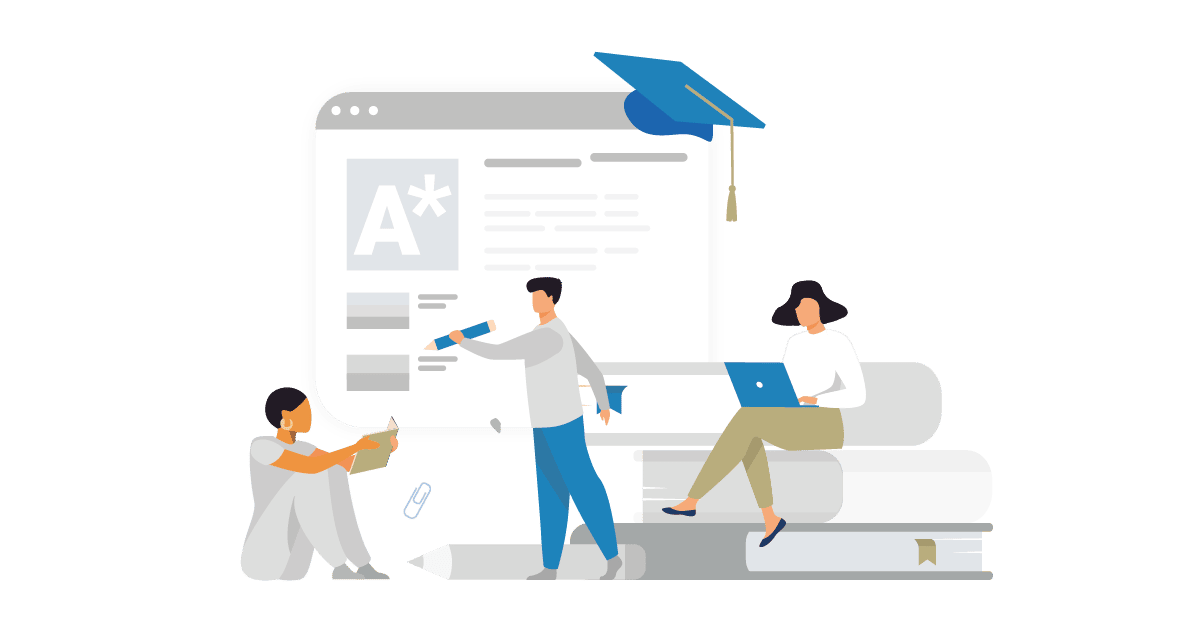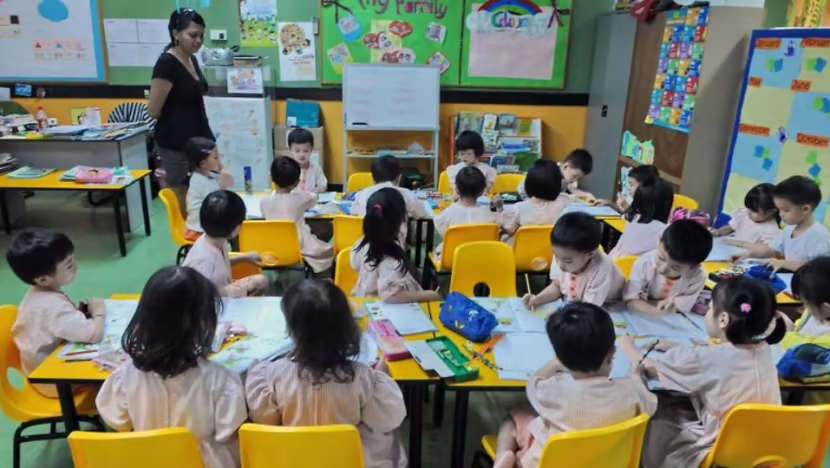The International General Certificate of Secondary Education (IGCSE) curriculum offers a robust framework for language learning, encompassing English as a first or second language and other languages. Maximising learning outcomes within this curriculum is crucial for students to develop strong language skills that will serve them academically and professionally. This blog will explore strategies to optimise learning outcomes in the IGCSE curriculum.
Understanding the IGCSE Language Curriculum:
The IGCSE curriculum fosters proficiency in reading, writing, listening, and speaking in the target language. It emphasises developing communication skills, critical thinking, and cultural awareness. Students are exposed to various literary texts, informational materials, and multimedia resources to enhance their language proficiency and understanding. Also, read about the primary school fees structure.
Benefits of IGCSE Language Curriculum:
The IGCSE Language Curriculum offers numerous benefits for students:
- It fosters reading, writing, listening, and speaking proficiency, equipping students with essential communication skills.
- It promotes critical thinking and cultural awareness through exposure to diverse literary texts and multimedia resources.
- The curriculum encourages students to engage in real-life communication scenarios, enhancing their fluency and confidence in the target language.
- The integrated skills development approach ensures students can effectively apply their language skills in various contexts.
- The authentic assessment practices in the curriculum accurately measure students’ language proficiency and growth, providing valuable feedback for continuous improvement.
The IGCSE Language Curriculum prepares students to succeed academically and professionally in an increasingly globalised world.
Key Strategies for Maximising Learning Outcomes:
1. Immersive Language Learning Environment:
Creating an immersive language learning environment is essential for students to practise and reinforce language skills in authentic contexts. Incorporate opportunities for real-life communication through class discussions, debates, role-plays, and language-focused activities. Encourage students to use the target language inside and outside the classroom to build fluency and confidence.
2. Differentiated Instruction:
Recognise that students have diverse learning styles, preferences, and abilities. Implement differentiated instruction strategies to cater to individual needs and promote inclusive learning environments. Provide various learning materials, activities, and assessments to accommodate different learning modalities and levels of proficiency. Offer additional support or enrichment opportunities to ensure all students succeed in the curriculum.
3. Integrated Skills Development:
Integrate the four language skills—reading, writing, listening, and speaking—across various learning activities and assignments. Design tasks that require students to use multiple language skills simultaneously, such as summarising a text, participating in a group discussion, or creating a multimedia presentation. Students can reinforce their language skills and apply them in meaningful contexts by engaging in integrated skills development.
4. Authentic Assessment Practices:
Implement authentic assessment practices that accurately measure students’ language proficiency and growth. Use various assessment methods, including performance tasks, projects, portfolios, presentations, and language proficiency exams. Provide timely and constructive feedback to help students identify improvement areas and set language development goals. Ensure assessments align with learning objectives and reflect real-world language use and communication skills.
5. Culturally Responsive Teaching:
Promote cultural awareness and sensitivity within the language curriculum by incorporating diverse perspectives, literature, and multimedia resources. Explore literature, films, music, and other cultural artefacts from countries and regions where the target language is spoken. Encourage students to explore their own cultural identity and engage with the cultural practices and perspectives of others to foster empathy, respect, and understanding.
Conclusion:
Maximizing learning outcomes in the IGCSE language curriculum requires a comprehensive approach emphasising immersion, differentiation, integration, authenticity, and cultural responsiveness. By implementing strategies such as creating immersive language learning environments, differentiating instruction, integrating skills development, using authentic assessment practices, and promoting cultural responsiveness, educators can empower students to develop strong language skills and succeed in the IGCSE curriculum and beyond.










